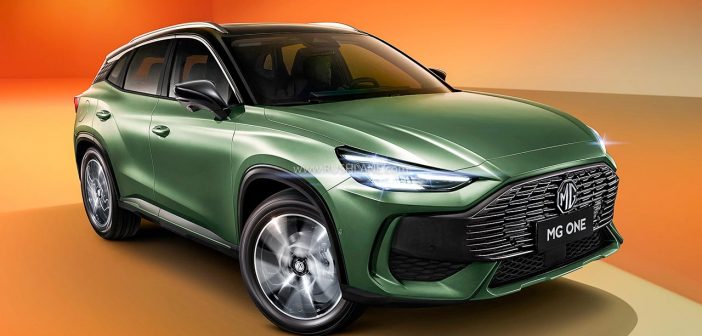The Indian automobile industry is at a crossroads. Electric vehicles (EVs) are rapidly gaining traction, promising a cleaner and more sustainable future. But are they ready to replace their gasoline-powered counterparts for everyday use in India? Let’s analyze the pros and cons to help you decide if an EV should be your next ride.
Environmental Champion: Breathe Easy with Zero Tailpipe Emissions
One of the most compelling reasons to consider an EV is its environmental benefit. Unlike internal combustion engine (ICE) vehicles, EVs produce zero tailpipe emissions. This significantly reduces air pollution, a major concern in Indian cities. By switching to EVs, you’ll be contributing to a cleaner and healthier environment for yourself and future generations.
Lower Running Costs: Save Money, Every Kilometer
EVs offer significant cost savings on running costs. Electricity is generally cheaper than gasoline or diesel, and EVs require less maintenance due to their simpler drivetrains. Additionally, government incentives like tax breaks and subsidies make EVs even more attractive financially.
Silent Ride, Smooth Drive: Experience the Future of Mobility
EVs offer a superior driving experience. They are significantly quieter than ICE vehicles, making for a more peaceful and comfortable ride. Additionally, EVs provide instant torque, resulting in smooth and responsive acceleration.
Limited Range, Anxious Journeys: Range Anxiety is a Real Concern
A major drawback of EVs in India is the limited driving range compared to ICE vehicles. While this is improving with advancements in battery technology, current models may struggle with long-distance journeys. This can lead to “range anxiety,” the fear of running out of charge before reaching your destination.
Charging Infrastructure: A Work in Progress
India’s charging infrastructure is still in its nascent stage. While the government is actively expanding charging stations, the current network is limited, particularly in smaller towns and rural areas. This can be a deterrent for potential EV buyers who are concerned about finding charging points during their travels.
Higher Upfront Cost: The EV Price Tag Can Cause Sticker Shock
Currently, EVs come with a higher upfront cost compared to similar ICE vehicles. While government subsidies help bridge the gap, the initial investment can be a significant barrier for many buyers. Battery replacement costs can also be a concern, although this is expected to decrease with technological advancements.
The Verdict: A Promising Future, But Patience is Key
The Indian EV market is on an exciting trajectory. The government’s push for electric mobility, coupled with advancements in technology, is paving the way for a future dominated by EVs. However, for personal use, there are still challenges to overcome. If you primarily use your car for short commutes within the city and have access to charging facilities, an EV can be a viable and environmentally friendly option. However, for those who require long-distance travel or have limited access to charging, an ICE vehicle might be a more practical choice at present.
The Indian EV market is evolving rapidly. As technology improves, range anxiety diminishes, and the charging infrastructure expands, EVs are poised to become a mainstream choice for Indian consumers. So, while an EV might not be the perfect fit for everyone just yet, it’s certainly worth keeping an eye on this exciting space.






